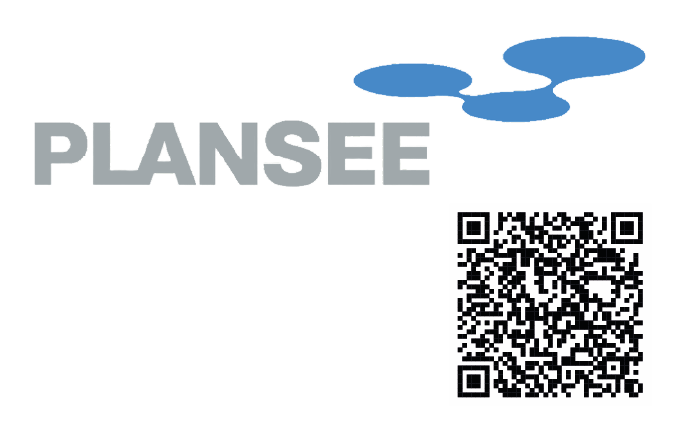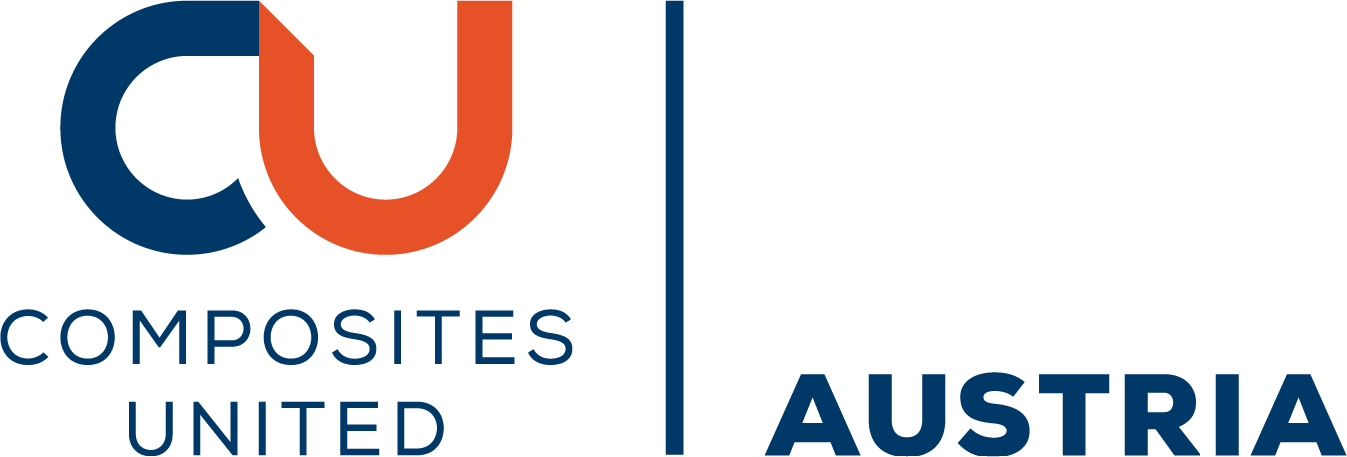
AI and data-driven methods for composite multi-scale analyses
Please login to view abstract download link
Multi-scale simulations of composite materials, although attractive from the scientific point of view, are often unpractical for complex non-linear material responses because of their inherent computational cost. Data-driven methods allow to train surrogate models from a synthetic dataset built using offline simulations. Once trained, the surrogate can substitute the micro-scale BVP resolution of a multi-scale simulation while reducing the computation time by several orders of magnitude. In this work we investigate two surrogate models in the case of complex non-linear material responses of composite materials, such as stochastic responses and failure.
Neural networks (NNWs) offer the potential of reducing the computational time by more than 5 orders of magnitude. In order to introduce the history dependency, recurrent neural networks (RNNs) were shown to be efficient and accurate in approximating the history-dependent homogenized stress-strain relationships. More specifically, a RNN cell independent to the increment step (called self-consistent) was developed for elasto-plastic RVEs. In this work, we extend the approach to composite failure. The simulations with damage are challenging because after an initial phase in which the damage is diffuse, there is a localization of the damage in a thin band which is dependent on the macro-scale mesh size. To circumvent this problem, a non-local formulation that embeds the machine learning based surrogate predictions is developed in order to recover the solution uniqueness at the macro-scale.
However, NNWs have no possibility of extrapolating responses and thus require a large dataset for their training. As a data-driven surrogate of heterogenous material responses, a Deep Material Network (DMN) is built by combining analytical homogenisation solutions and material constitutive relations into a neural network architecture. DMN was reformulated from the interaction view-point as the Interaction-Based DMN (IB-DMN), in order to improve its training performance. In this approach, the interaction learnable parameters characterize the micro-structure organization of the heterogeneous material, while the phase constitutive behaviours are explicitly modelled at some material nodes of the IB-DMN. Once trained, the DMN is able to predict nonlinear responses, including for unseen material responses and loading conditions, in a thermodynamically consistent way. Although they are less computationally efficient than the NNWs in their online stage, their extrapolation capabilities in terms of constitutive behaviours, loading paths, or even composite volume fraction make them good candidates for virtual testing, or to construct an extensive dataset as required by NNWs.
After having decoupled the phase volume fraction of composite materials from the topological parameters representing the fibre distribution, a stochastic IB-DMN could be developed in which the fibre distribution variability is reflected in the IB-DMN topological parameters. In order to explicitly define the IB-DMN learnable parameters from a micro-structure realization, these topological parameters are predicted from a combination of an encoder and neural network, with a micro-structure image serving as input data. The encoder part of a trained Convolution Neural Network encoder-decoder extracts the feature vectors of the heterogeneous material from the image, and these features vectors are in turns used as input of a trained feed-forward neural network predicting the topological parameters of the IB-DMN, yielding a “Image to IB-DMN” framework.
This project has received funding from the European Union’s Horizon Europe Framework Programme under grant agreement No. 101056682 for the project ‘‘DIgital DEsign strategies to certify and mAnufacture Robust cOmposite sTructures (DIDEAROT)’’. This research has been funded by the Walloon Region under the agreement no. 2010092-CARBOBRAKE in the context of the M-ERA.Net Join Call 2020 funded by the European Union under the Grant Agreement no. 958174.






